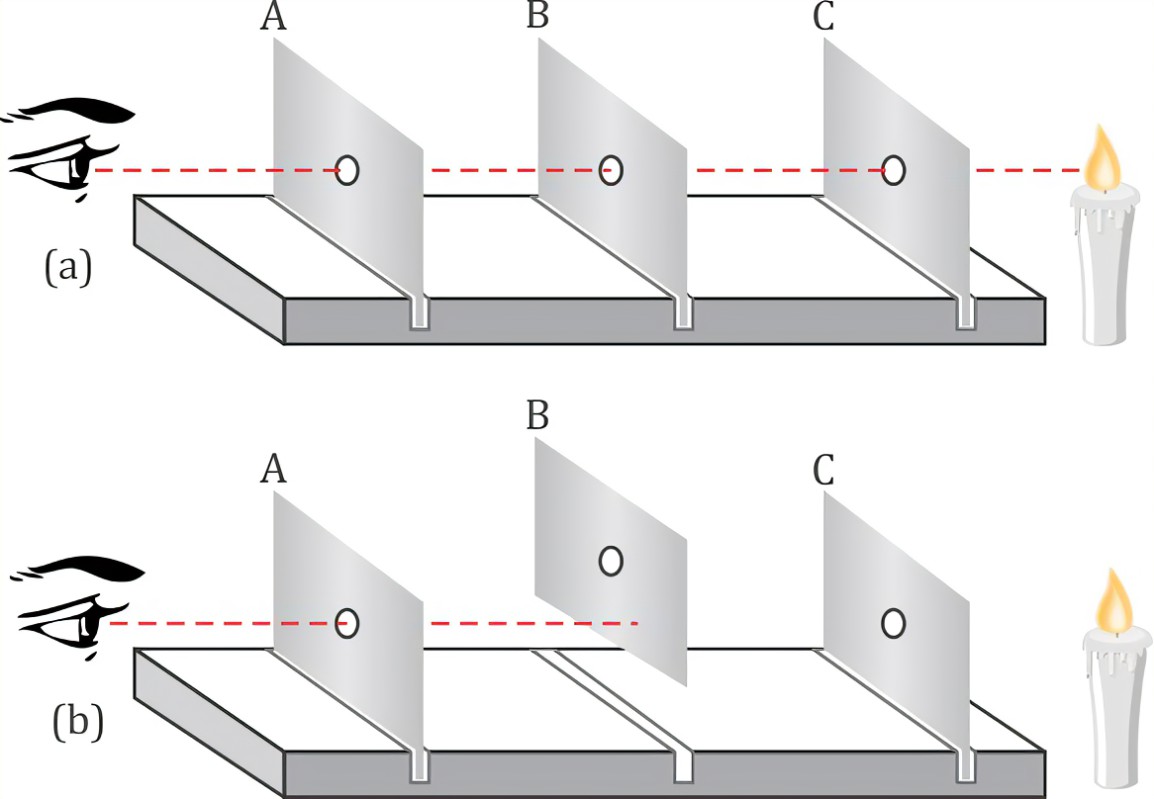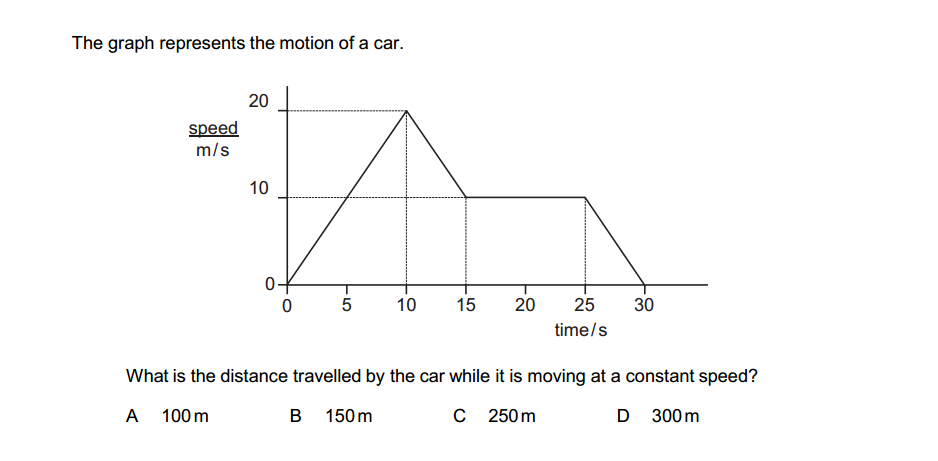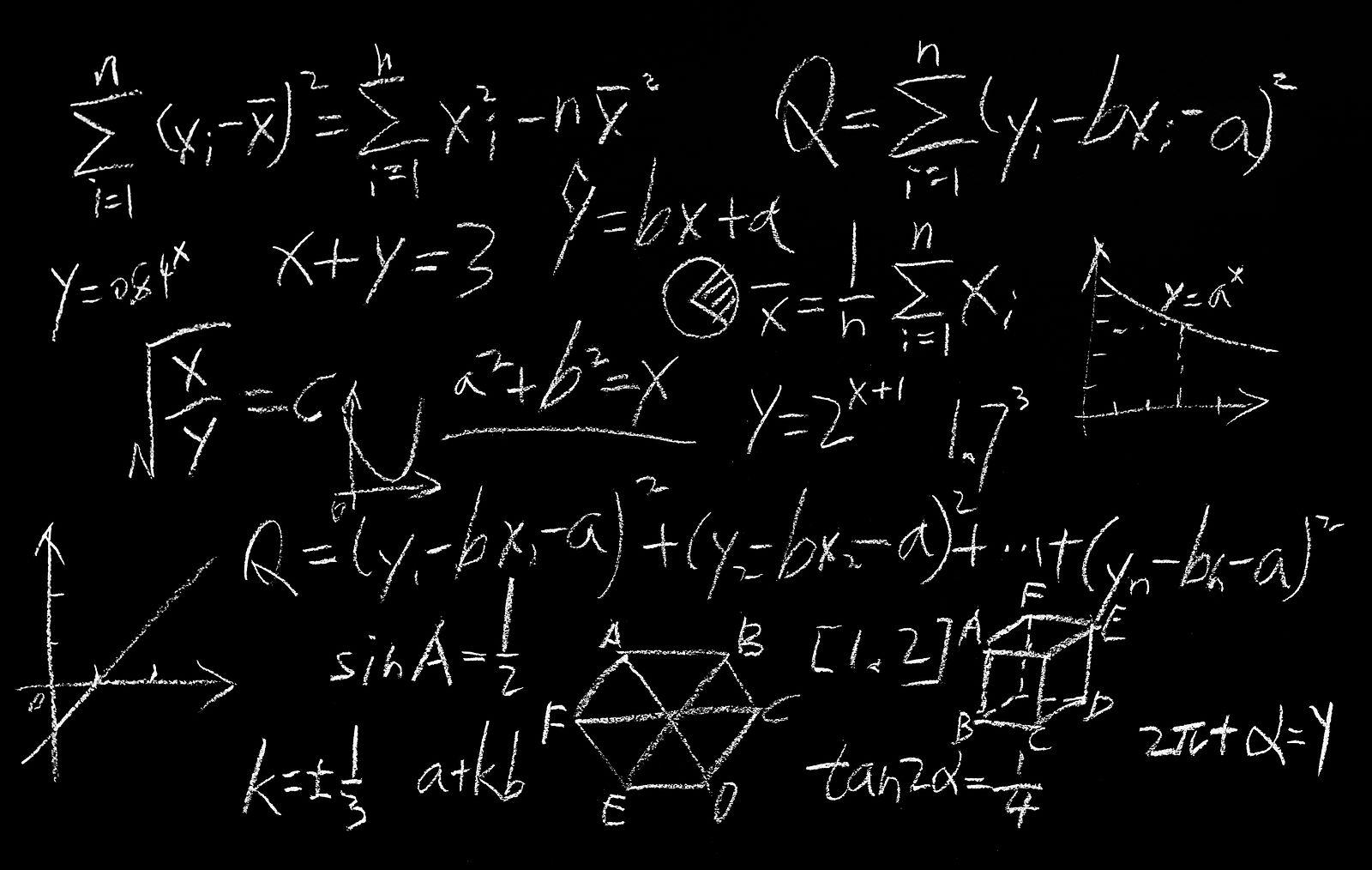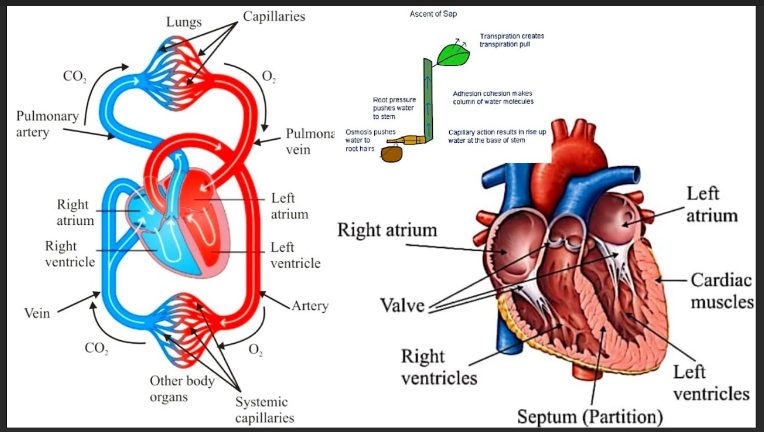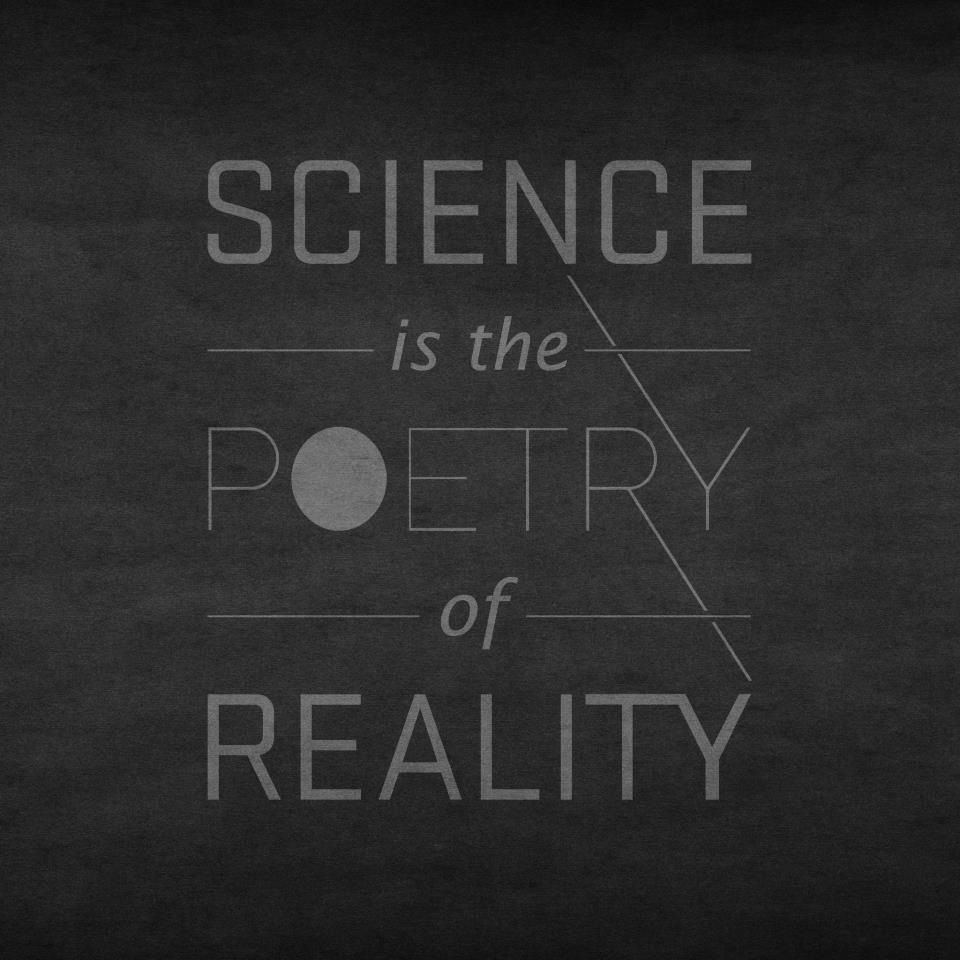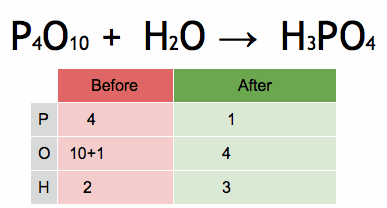In physics, fission and fusion are two fundamental processes involving the nucleus of an atom. They represent different ways in which nuclear energy can be released.
- Fission:
- Fission is the process where the nucleus of an atom splits into two or more smaller nuclei, along with the release of a large amount of energy.
- This process typically occurs in heavy nuclei, such as uranium-235 or plutonium-239, when bombarded with neutrons.
- The splitting of the nucleus releases additional neutrons, which can then cause a chain reaction if they strike other nuclei, leading to further fission events and a release of more energy.
- Fission is the process utilized in nuclear power plants to generate electricity, where controlled nuclear reactions are used to produce heat that boils water and drives turbines to generate electricity.
- Fission is also the basis for nuclear weapons, where an uncontrolled chain reaction leads to a massive release of energy in the form of an explosion.
- Fusion:
- Fusion is the process where two or more lighter atomic nuclei combine to form a heavier nucleus, accompanied by the release of a large amount of energy.
- This process occurs under extreme conditions of temperature and pressure, such as those found in the core of stars.
- In fusion reactions, the nuclei involved are typically isotopes of hydrogen, such as deuterium and tritium.
- Fusion is the process that powers the sun and other stars, where hydrogen nuclei fuse to form helium, releasing energy in the form of light and heat.
- Scientists are working on harnessing fusion energy as a potential future source of clean and abundant energy on Earth. However, achieving controlled fusion reactions in a practical and sustainable manner remains a significant technological challenge.
In summary, fission involves the splitting of heavy atomic nuclei into smaller fragments, while fusion involves the merging of lighter atomic nuclei to form heavier ones. Both processes release large amounts of energy and have important implications for energy production and nuclear physics.


